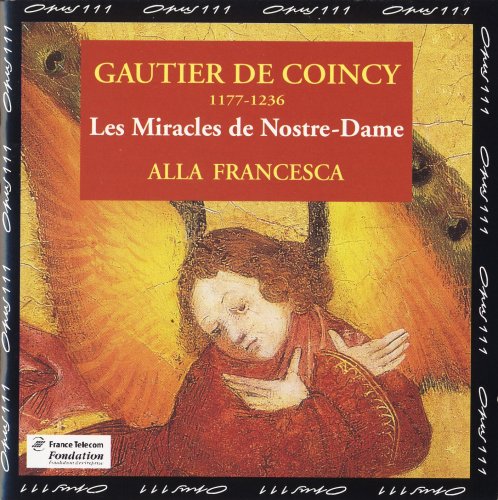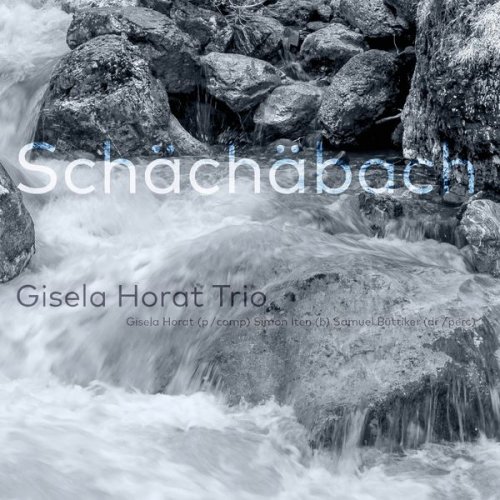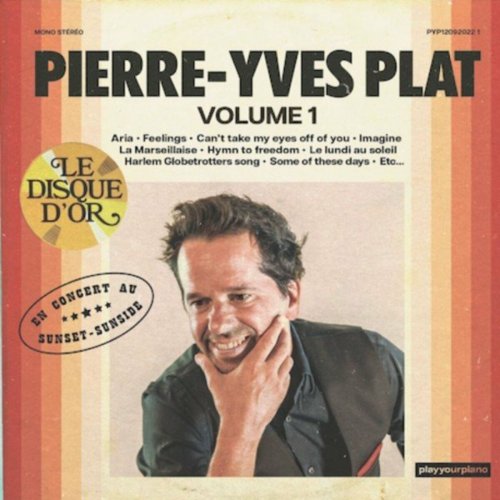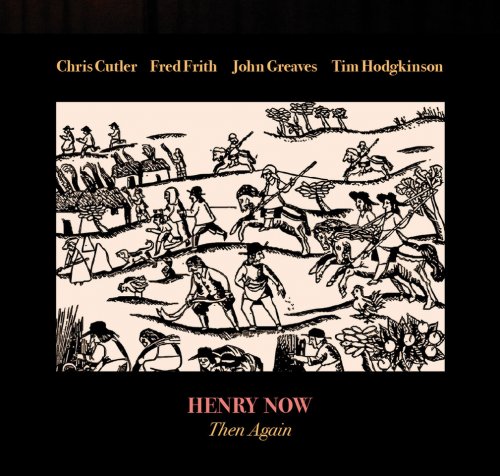Alla Francesca - Gautier de Coincy: Les Miracles de Nostre-Dame (1995)

Artist: Alla Francesca
Title: Gautier de Coincy: Les Miracles de Nostre-Dame
Year Of Release: 1995
Label: Opus111
Genre: Classical, Medieval
Quality: FLAC (image+.cue,scans)
Total Time: 63:25
Total Size: 298 Mb
WebSite: Album Preview
Tracklist: Title: Gautier de Coincy: Les Miracles de Nostre-Dame
Year Of Release: 1995
Label: Opus111
Genre: Classical, Medieval
Quality: FLAC (image+.cue,scans)
Total Time: 63:25
Total Size: 298 Mb
WebSite: Album Preview
01. S'amour dont sui espris(5:54)
02. Entendez tuit ensemble(4:36)
03. Ma viele(4:07)
04. D'une amour quoie et serie(2:48)
05. Quant ces flouretes florir voi(6:43)
06. Hui matin a l'ajournee(4:15)
07. Royne celestre(10:02)
08. Efforcier m'estuet ma voiz(3:35)
09. Pour confoirter mon cuer et mon courage(5:05)
10. Amours qui bien ses enchanter(3:45)
11. Puisque voi la fleur novele(1:54)
12. Marions nous (Qui que face)(2:39)
13. Mere Dieu, Virge senee(3:59)
14. Por mon chief reconforter(3:56)
Performers:
Alla Francesca
Emmanuel Bonnardot (voice, fiddle, rebec, jingles)
Pierre Hamon (flute, bagpipes, double pipe, bamboo flute, three-holed flute, six-holed flute, frame drum, voice)
Brigitte Lesne (voice, harp, hurdy-gurdy, small cymbals, frame drum)
Catherine Sergent (voice)
This Opus 111 disc, performed by Alla Francesca, a vocal and instrumental ensemble that focuses on music of the 12th through the 15th centuries, is devoted to songs by 13th century cleric Gauthier de Coincy. De Coincy, who considered himself primarily a poet, left a large body of work, including two books of Les Miracles de Nostre-Dame, the source of the 14 songs recorded here, but he also provided music for his songs, usually arranging preexisting melodies. Alla Francesca performs the songs with simplicity, as was certainly de Coincy's intention, because his stated goal was to inspire devotion through the texts. A variety of soloists, all with pure, sweet, unmannered voices, perform the songs. The accompaniments were not provided in the manuscripts, so the players, using instruments such as viol, fiddle, transverse flute, harp, bagpipes, and tambourine, improvise accompaniments that are at once inventively worked out and unobtrusive enough not to obscure the melody. The simple modal melodies, though elegant, reverent, and frequently lovely, aren't blood-stirring, and may not be the ideal introduction to the medieval period for listeners new to this music, but early music enthusiasts are likely to appreciate the quality of the performances and the singers' and players' attentiveness to appropriate performance practice. The sound is clean and clear, with a good sense of presence.





![The Mood Mosaic - Feelin' Funky! (2025) [Hi-Res] The Mood Mosaic - Feelin' Funky! (2025) [Hi-Res]](https://www.dibpic.com/uploads/posts/2025-12/1766822228_smv6og19mj83k_600.jpg)
![The Second Hand Orchestra - SNOW, This Is Christmas (2025) [Hi-Res] The Second Hand Orchestra - SNOW, This Is Christmas (2025) [Hi-Res]](https://img.israbox.com/img/2025-12/29/rduearbt1v1wv82iyir3kdf41.jpg)

